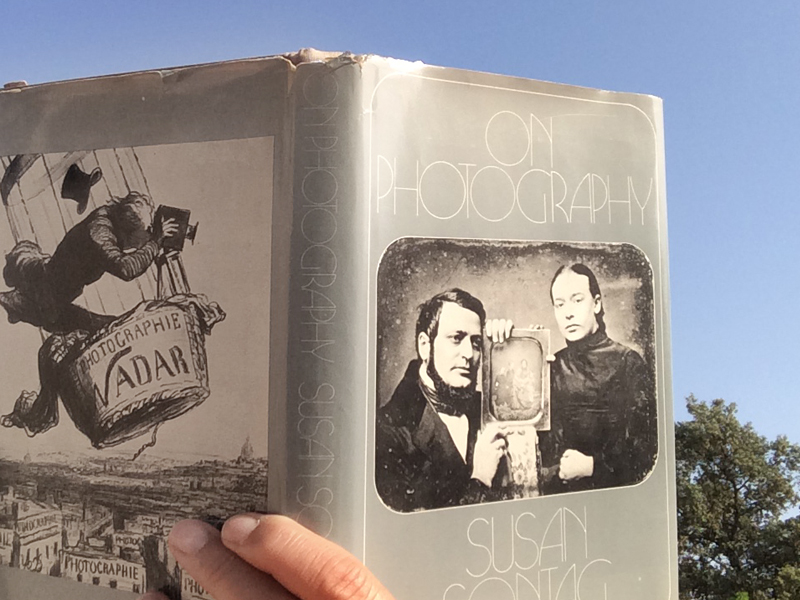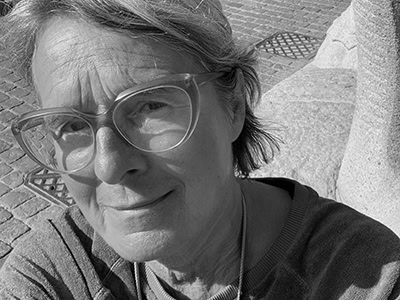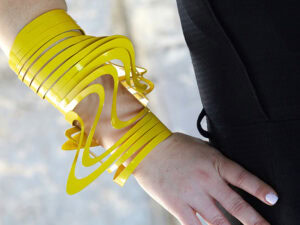While trying to make the best i-photograph possible to illustrate this essay with Susan Sontag’s On Photography, my “summer read,” I was confronted with some questions: Did I “construct” or “disclose,” as Susan Sontag puts forward in her book? Was I trying to establish a relation between “the self and the world,” was the photograph supposed to be my “inner landscape,” did I “take” a picture or “make” a picture? These are just some of the issues Sontag talks about in her book but there is so much more.
Reading On Photography the first time was like a revelation. The year was 1982, and for a student at the extremely politicized Art Historical Institution at the University of Amsterdam, this book worked like shock therapy. During this period, I was forced to read the most horrendous historical materialist (Marxist) literature, and Sontag showed me that you can write theoretical stuff in a way that is both compelling and profound. I discovered that clear reasoning could be personal and beautiful. There are many wonderful lines of thought in this book, thrilling stories, and insights, such as, “Today everything exists to end in a photograph” (page 24) or “Photography, though not an art form in itself, has the peculiar capacity to turn all its subjects into works of art” (page 149).

The lines I highlighted as a student, in the copy of the book I still own, move me now. They carry me back to those lonely years when I thought I was not cut out to be an art historian. This book taught me there was another way of dealing with visual culture. The author zooms in and out on her subject, sometimes with a personal touch, sometimes in a more distant vein. Though some of her ideas are questionable, her writing is consistently compelling. On Photography not only mentored me on reading images, but also made me aware of the phenomenon of photography and its place and function in society. On top of that it made me aware of myself and of the fact that I wanted to write—that I wanted to find the right words to capture thoughts, images, and opinions.
Ever since I was a child, making photographs fascinated me. My very first camera was a free gift: a Kodak box, provided—if I remember correctly—by the Kodak company itself to every 10-year-old school kid in Amsterdam as part of a photo competition (I didn’t win, and had to return the camera). My second camera, a cheap plastic disposable thing (very hip!), came shortly after that as a present from my grandmother. This one dissolved in the rear window of our car while we were visiting the Rhône glaciers in Switzerland on a hot and sunny summer day. I will never forget my awe and sadness when I found my treasure melted into an ugly grayish mass. Today, like everyone, I use my telephone as a camera, and on vacation I see groups of people busy photographing themselves with a selfie stick. A lot has changed since Sontag’s book was published and yet the book is still a good read, because it is about taking and reading images, and isn’t that how we are all taking part in today’s culture? “Ultimately,” Sontag argues, “having an experience becomes identical with taking a photograph of it” (page 24) … and sharing it on social media, we can now add.




